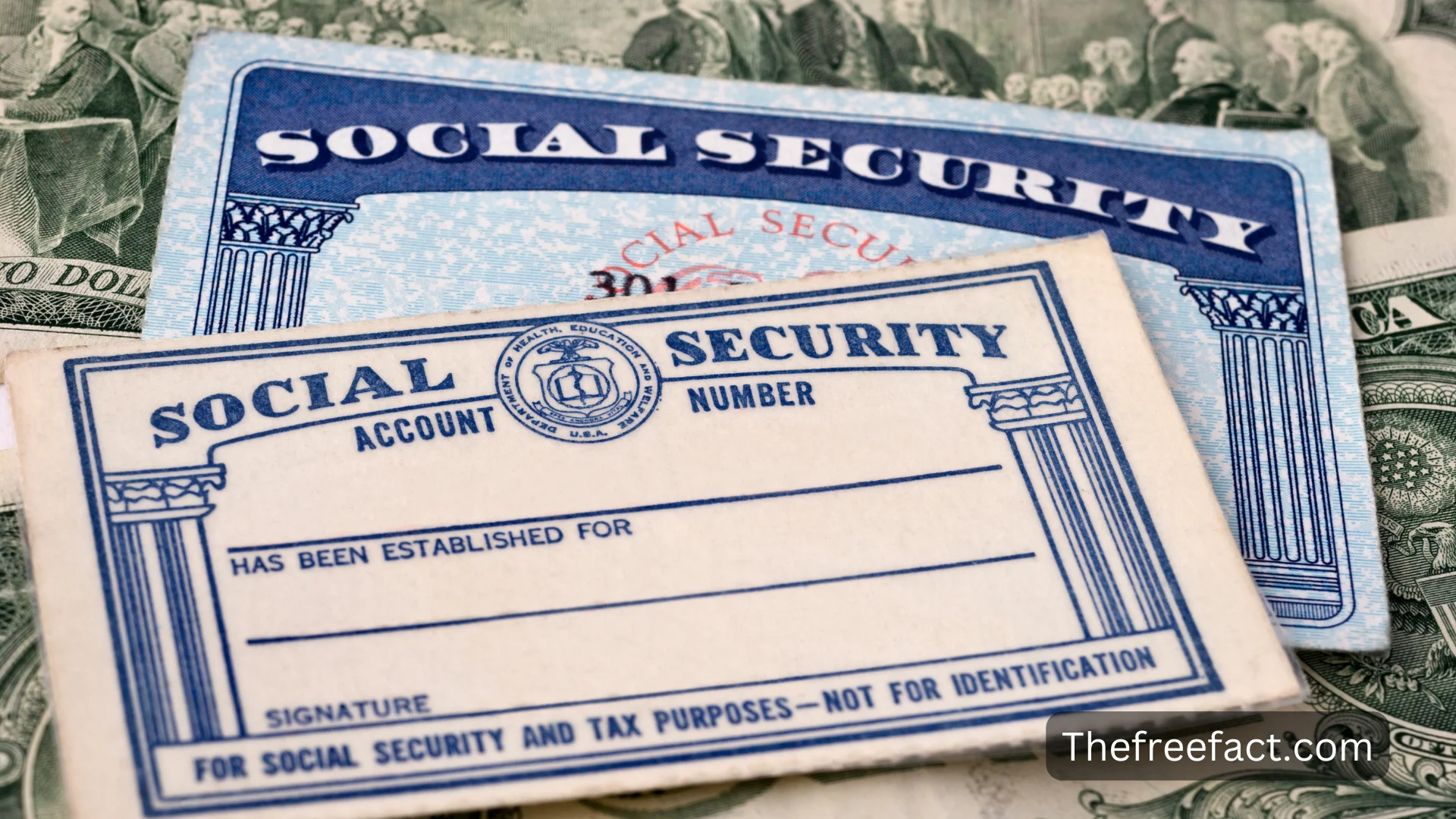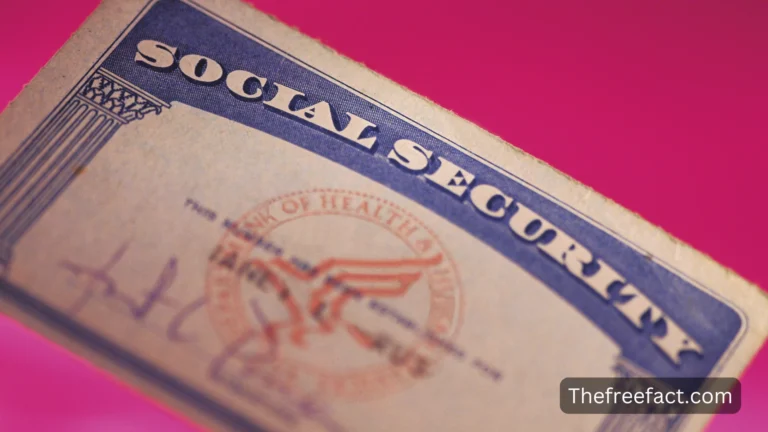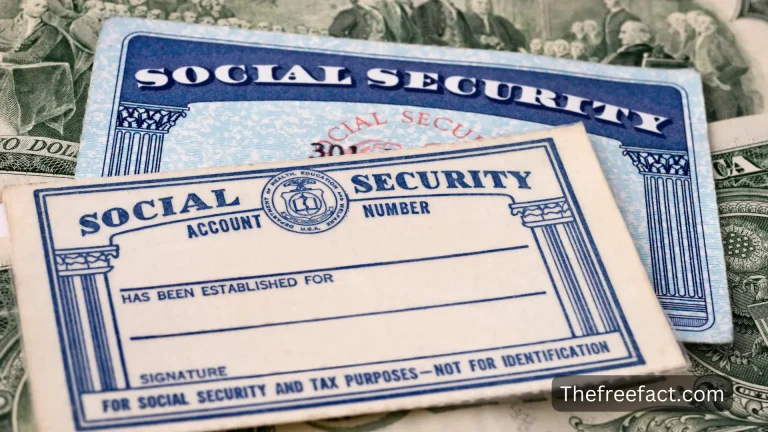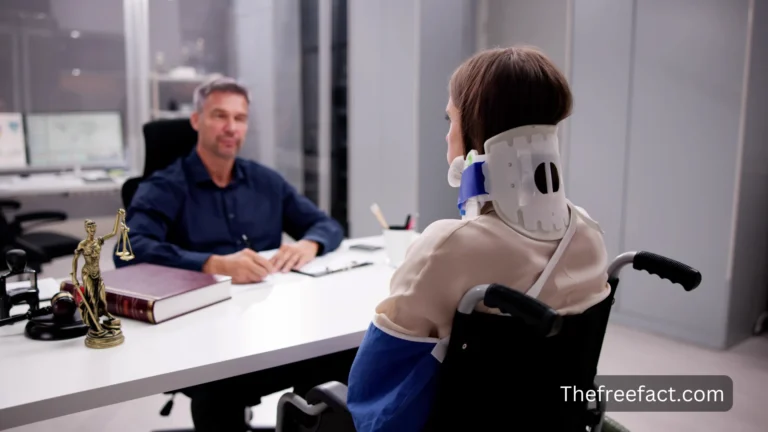What Does A Social Security Card Look Like?
There are many things that require a picture ID in the United States, including purchasing age-restricted products. To rent a car or enter into certain contractual agreements, you also need a picture ID. While picture-based identification is generally accepted when conducting financial transactions, it does not prove that you are a citizen of the United States.
For proof of citizenship, a social security card still serves as the standard. A person’s social security number is issued by the Social Security Administration when they become citizens of the United States, whether through birth or naturalization.
Each citizen is issued a card along with their social security number that proves they are a citizen and that they are entitled to all the rights that citizens are entitled to. You should note, however, that non-citizens can receive other forms of official identification that register their status with the government, but this does not constitute citizenship.
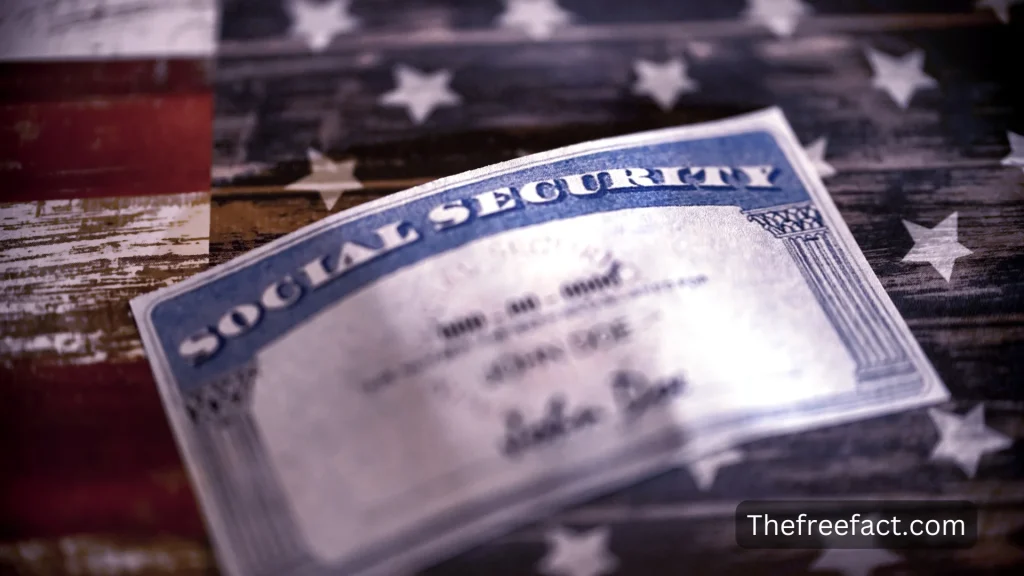
What does a social security card look like?
In blue and white, social security cards are roughly the size of a business card and include the social security number and name of the card holder. They measure 2.5″ by 3.8.” On the left and right edges of the card, there is a column graphic along with the word “Social Security” printed horizontally. If someone finds the card, the back contains information about the card and SSA contact information.
Included security features
There are a number of security features on Social Security cards that not only confirm their authenticity, but also prevent them from being forged. Without access to specific printing materials and technology, color-shifting ink on cards is virtually impossible to reproduce. On each card’s back, a fluorescent red number is printed that is unique to it as well. There is also an anti-copy pattern on every card, which cannot be seen by the naked eye but becomes apparent when it is photocopied or scanned and printed
Furthermore, Social Security cards are made of a special blend of fibers that are intertwined with paper. Similar to a dollar bill, this blend of fibers makes it very difficult to reproduce exactly how they feel and feel. In most cases, counterfeit cards can be identified by looking at the texture of the material on which the information is printed.
Without your signature, this is not valid
On the front of the social security card is also a signature line for adding a signature. Social security cards are not considered valid forms of identification if they are not signed by the citizen for whom they are issued. If a Social Security card is used to identify a minor, this obviously isn’t the case, but adults need to sign their own cards on the provided line as well.
When you sign your card, it’s important to make your signature legible in case it ever gets called into question, but your signature should also be unique to make it harder to forge.
Also check: How To Get Replacement Social Security Card?
Fake Social Security Cards: How to Spot Them
Method 1: Verifying the Social Security Card
- Observe the type of social security card you are checking: You should check this information if you are an employer trying to verify the work eligibility of a potential employee.
- Check the card’s name: The name should match the person’s other forms of identification, such as a driver’s license or passport. You will usually be able to access other forms of identification for an individual when you are checking the validity of their social security card. The name should be spelled the same on all of these documents.
- Be sure to verify that the signature on the social security card matches the person’s other signatures, both in spelling and handwriting.
- Check the card’s basic features: Banknote paper should be used for printing the card, which feels and weighs differently than regular paper. It should be stamped with the words “Social Security” and bear the official seal of the Social Security Administration. On the front, the person’s name and social security number should also be printed, as well as the words “This number has been established for.” Afterward, the person should sign, and there should be enough blank space for that to happen.
- Valid social security cards should not have blank backs, as they contain official information including where to mail found cards as well as identifiers.
- It is also important to pay attention to the actual card itself. It shouldn’t look like it was cut with scissors or another household tool. At least one side of the card should show evidence that it was perforated (able to be easily detached from a larger piece of paper at one point).
- Due to the fact that this process may compromise some of the security features on the card, laminated cards are prohibited by the SSA.
- With a magnifying glass, you should not see any ink smudging or running.
- Identify the differences between cards issued at different times: It has been over 30 years since the Social Security Administration began issuing social security cards, which are still valid today. Check this list provided by the SSA detailing how the card has changed throughout its history to determine which features should be included on a particular individual’s card by asking the person whose card it is when it was issued (for U.S. citizens, usually at birth, unless it was reissued due to lost or stolen).
- Check the card’s security features: Security features on most cards vary depending on when they were issued, but there are several that are common to all.
- A blue-tinted random pattern should be on the card’s background, so that any attempt to erase information on the card would also erase the pattern.
- During the making of the card, planchettes—small, multi-colored disks—are randomly inserted into the paper. They are yellow, pink, and blue.
- You should feel certain areas of the card when you touch it. This type of printing is called intaglio printing, and is used on U.S. currency because it is hard to replicate.
- Stay up-to-date on security features by checking the SSA’s website: The Social Security Administration is required to ensure that social security cards cannot be counterfeited, as much as possible, to comply with the Social Security Act. Therefore, as new security features become available, they are added. The following list, for example, illustrates some of the security features that may appear on cards issued after October 31, 1983.
Method 2: Verify the Social Security number
- Check the social security number’s format: A nine-digit number should be separated by hyphens and should be formatted as follows: xxx-xx-xxxx. The three groupings are an area, group, and serial number. Until 2011, the first three numbers were derived from the zip code in the application mailing address, reflecting the card holder’s geographic location. The Social Security Administration generates social security numbers randomly, however, in an effort to improve security.
- The number itself should be checked: It is important to ensure that the social security number itself passes at least basic scrutiny before it is assigned by the Social Security Administration.
- It is not possible for the first three numbers to be 000, 666, or 900–999.
- Ensure that the first three numbers (the area number) of the social security number match the individual’s state of issuance if the number was issued before June 25, 2011. Take note of those area numbers that were not used before June 25, 2011.
- In neither the area, the group, nor the serial number should there be all zeros
- Printed numbers should be uniformly sized and spaced, with no smudging or running of the ink, and the ink should not run.
- Make use of the Social Security Number Verification Service: This free service provided by the SSA for this type of check is the best option for employers seeking to validate the social security numbers of new hires. Registration and use of this service are simple, and it ensures that your new hires have valid social security numbers. To register for the service, you can read the instructions on the SSA website, get an activation code, and log in and use it.
Method 3: Reporting possible fraud on Social Security
- Gather all the necessary information: The Office of the Inspector General of the Social Security Administration can be contacted if you suspect that someone is using a fake social security number or card to obtain benefits or work. In order to make the most of such a report, it is necessary for you to gather certain information in advance.
- The more information you can provide about the suspect, the better. Include their name, address, phone numbers, dates of birth, and social security number.
- As well as a basic description of what took place, as well as when and where the violation took place, it will be helpful to describe the circumstances of the fraud.
- SSA should be notified of the violation: If you find that someone is using a fake social security card or number, you can file a report with the Social Security Administration online. You can also contact the SSA by mail, phone, or fax. More information is available on the SSA’s website about reporting fraud.
- If you are reporting a social security violation anonymously, only relevant officials will be able to access your identity. The SSA warns, however, that remaining anonymous may hinder a thorough investigation.
- As long as the SSA does not need to directly contact you, you will not be updated on the status of your report.
